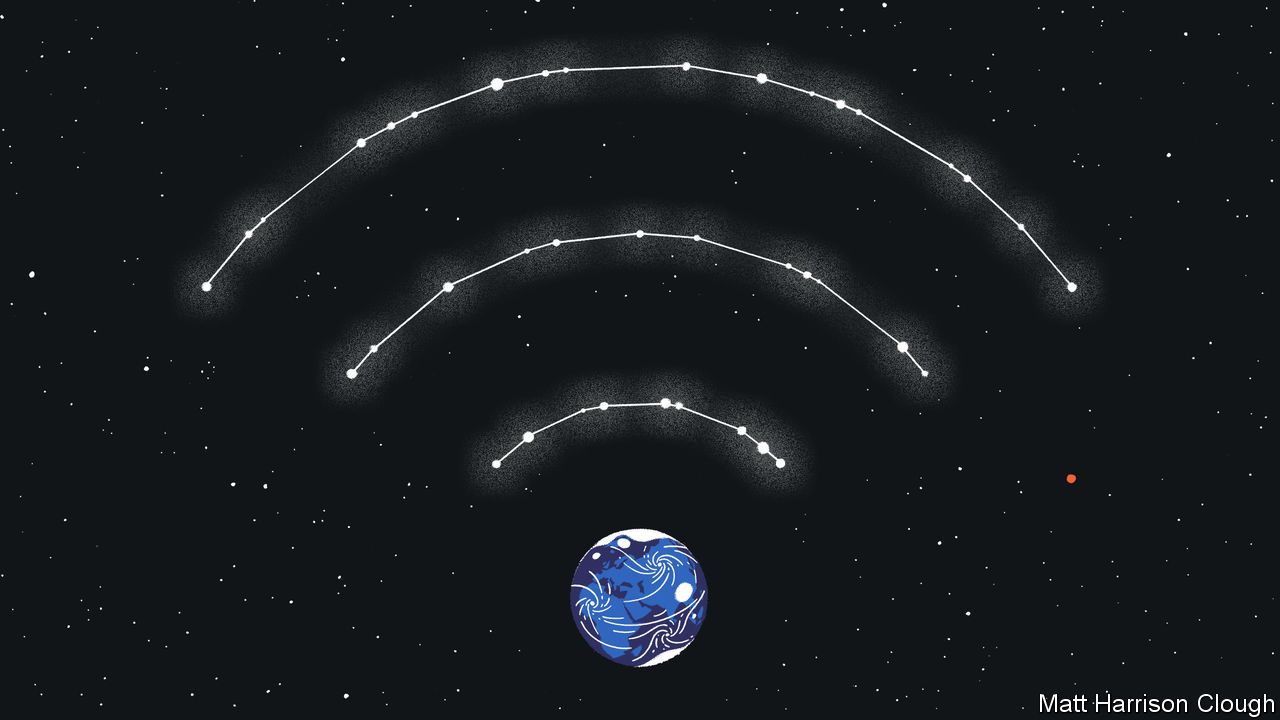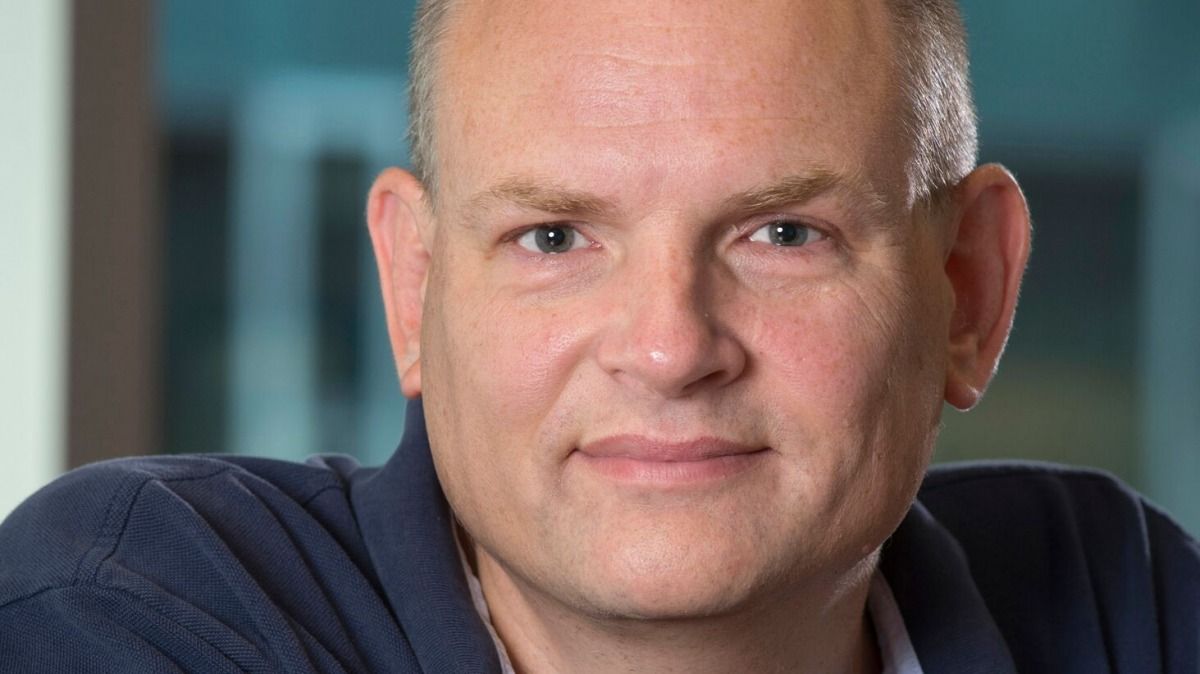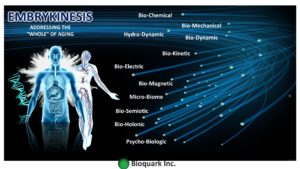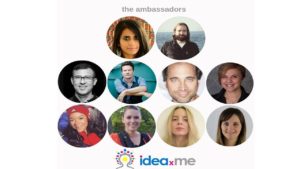
Category: business – Page 248


Patent talk: Apple concept features earbuds that can be worn interchangeably
Are we about to see Apple reaching an even newer gold standard in ear buds? Apple has a patent for AirPods with built in biometrics. It’s being called “universal” because the idea calls for ear pods that can be worn in either ear. That would mean no more left-right business.
Much of the tech news coverage is focusing on the “interchangeable” aspect of the patent concept. 9to5Mac’s Alex Allegro said interchangeable earbuds “equipped with ‘at least one’ biometric sensor, which could detect left/right ear placement and accordingly adjust audio.” He assessed the potential advantages as “evolving AirPods from a separate left / right unit to a single component,” which could lower costs and simplify getting a replacement AirPod.
If the ear buds are interchangeable, then it is a big deal in terms of user satisfaction. OK, the product is popular now but The Verge reminds us that the AirPod is not a perfect fit for everyone. Nick Statt: “Due to the shape of some people’s inner ear, the headphones simply don’t fit every possible ear shape well.”

Distributed, decentralized, and democratized artificial intelligence
The accelerating investment in artificial intelligence has vast implications for economic and cognitive development globally. However, AI is currently dominated by an oligopoly of centralized mega-corporations, who focus on the interests of their stakeholders. There is a now universal need for AI services by businesses who lack access to capital to develop their own AI services, and independent AI developers lack visibility and a source of revenue. This uneven playing field has a high potential to lead to inequitable circumstances with negative implications for humanity. Furthermore, the potential of AI is hindered by the lack of interoperability standards. The authors herein propose an alternative path for the development of AI: a distributed, decentralized, and democratized market for AIs run on distributed ledger technology. We describe the features and ethical advantages of such a system using SingularityNET, a watershed project being developed by Ben Goertzel and colleagues, as a case study. We argue that decentralizing AI opens the doors for a more equitable development of AI and AGIt will also create the infrastructure for coordinated action between AIs that will significantly facilitate the evolution of AI into true AGI that is both highly capable and beneficial for humanity and beyond.


The Welcome Crypto-Currency Crash
The Crypto Crash can lead to positive change for the future.
The ongoing crash in the Crypto-Currency Market is a breath of fresh air. I am sorry for the innocent people who are getting burned to a crisp but this crash is a necessary evil for a long list of reasons. The main benefit of this crash will be the institutional investors should be gone and simply that is the most awesome thing that could happen for the Crypto-Currency Market.
A number of the institutional investors and the strip miners have a negative impact on the Crypto-Currency markets. These two factions are not in the business to benefit Crypto-Currencies but to extract the maximum amount of profit from the venture. This is something I have said for years, mind you, not a single soul has listened to me, but it has been and will continue to be a simple honest truth. If Crypto is the survive the apocalypse, changes will have to be made.

Bioquark — Electroceuticals — Real Bodies

“Is curing patients a sustainable business model?” Goldman Sachs analysts ask
Analyst Salveen Richter and colleagues laid it out:
The potential to deliver “one shot cures” is one of the most attractive aspects of gene therapy, genetically engineered cell therapy, and gene editing. However, such treatments offer a very different outlook with regard to recurring revenue versus chronic therapies… While this proposition carries tremendous value for patients and society, it could represent a challenge for genome medicine developers looking for sustained cash flow.
For a real-world example, they pointed to Gilead Sciences, which markets treatments for hepatitis C that have cure rates exceeding 90 percent. In 2015, the company’s hepatitis C treatment sales peaked at $12.5 billion. But as more people were cured and there were fewer infected individuals to spread the disease, sales began to languish. Goldman Sachs analysts estimate that the treatments will bring in less than $4 billion this year.
How China’s ‘social credit score’ will punish and reward citizens
By 2020, China plans to assign each of its 1.4 billion citizens a “social credit score” that will determine what people are allowed to do, and where they rank in society.
It’s part of a broad effort in China to build a so-called reputation system that will measure, in theory, the credibility of government officials and businesses, in addition to citizens. The Chinese government says the system will boost “trust” nationwide and build a culture of “sincerity.”

IdeaXme — Ambassadors — Ira Pastor
Space, Oceans, Literature, Entertainment, Sports, Medicine, Fashion, Longevity — Honored to be among this group of thinkers, coming up with the innovative ideas that shape the future — http://radioideaxme.com